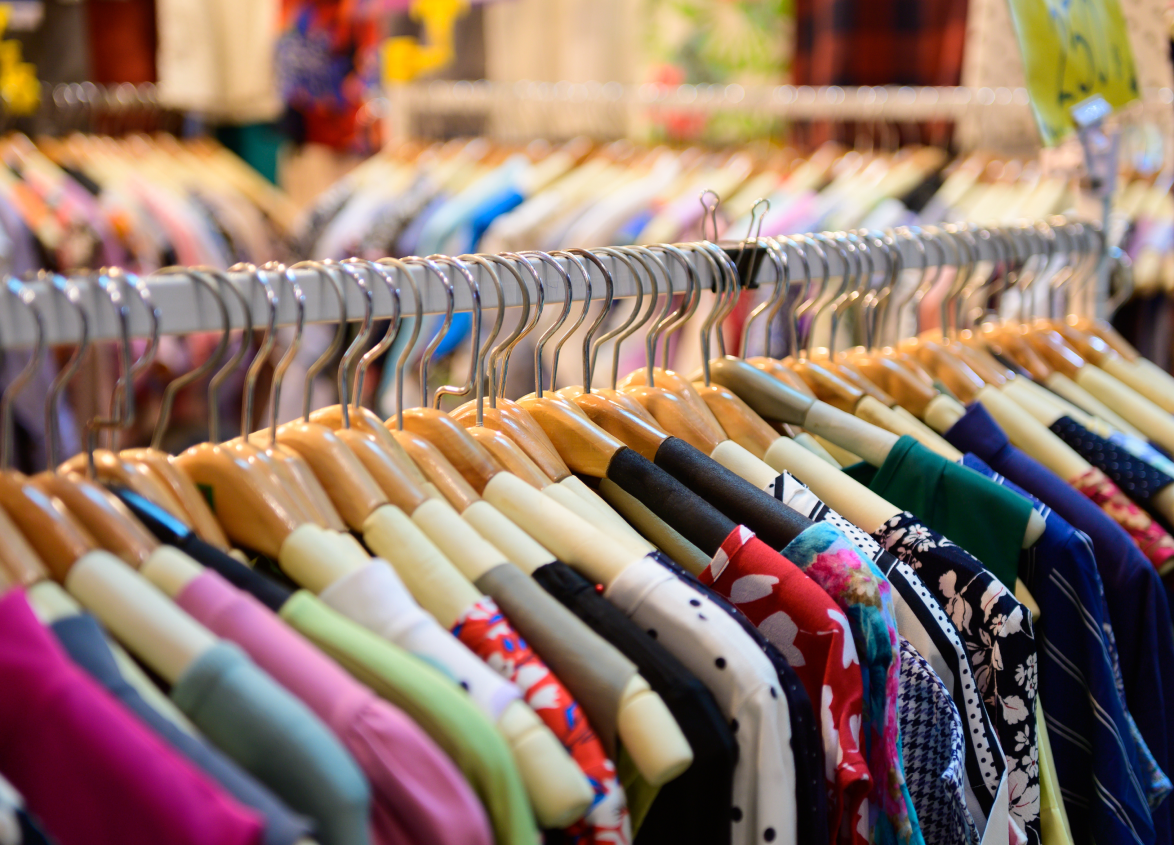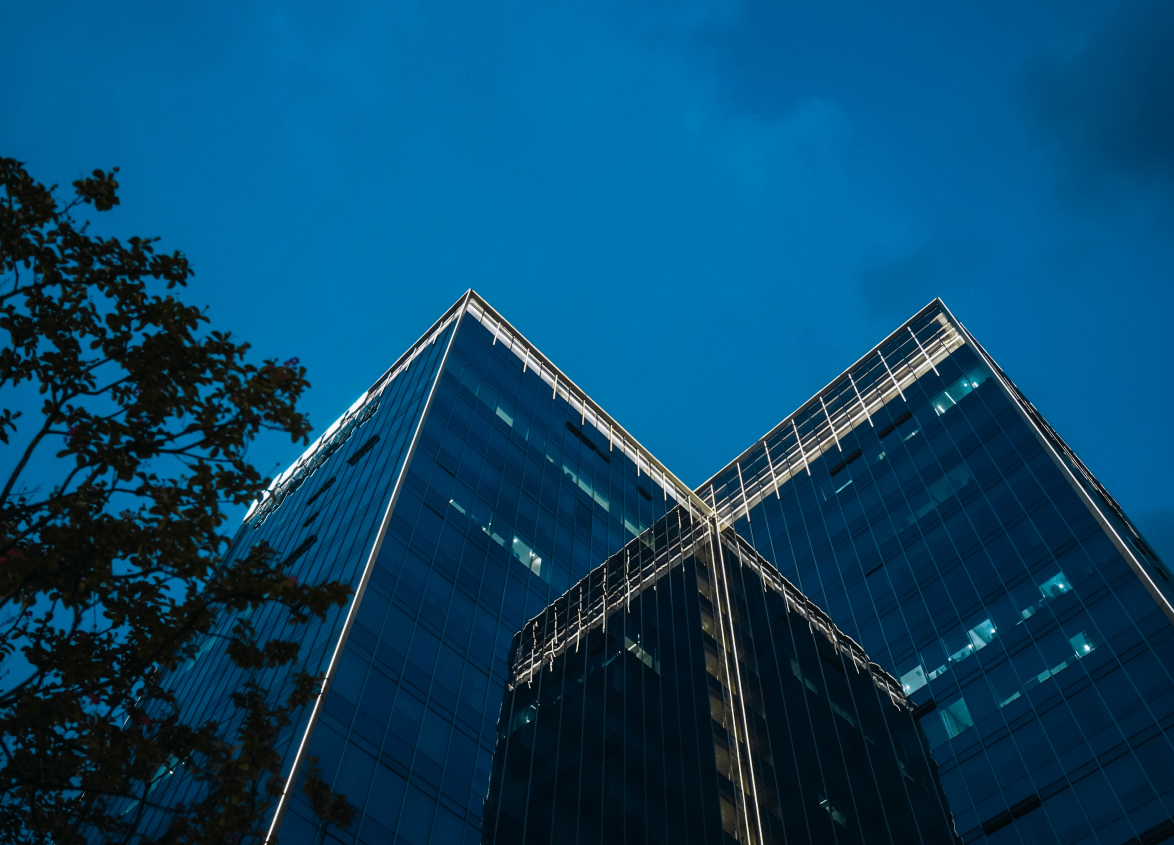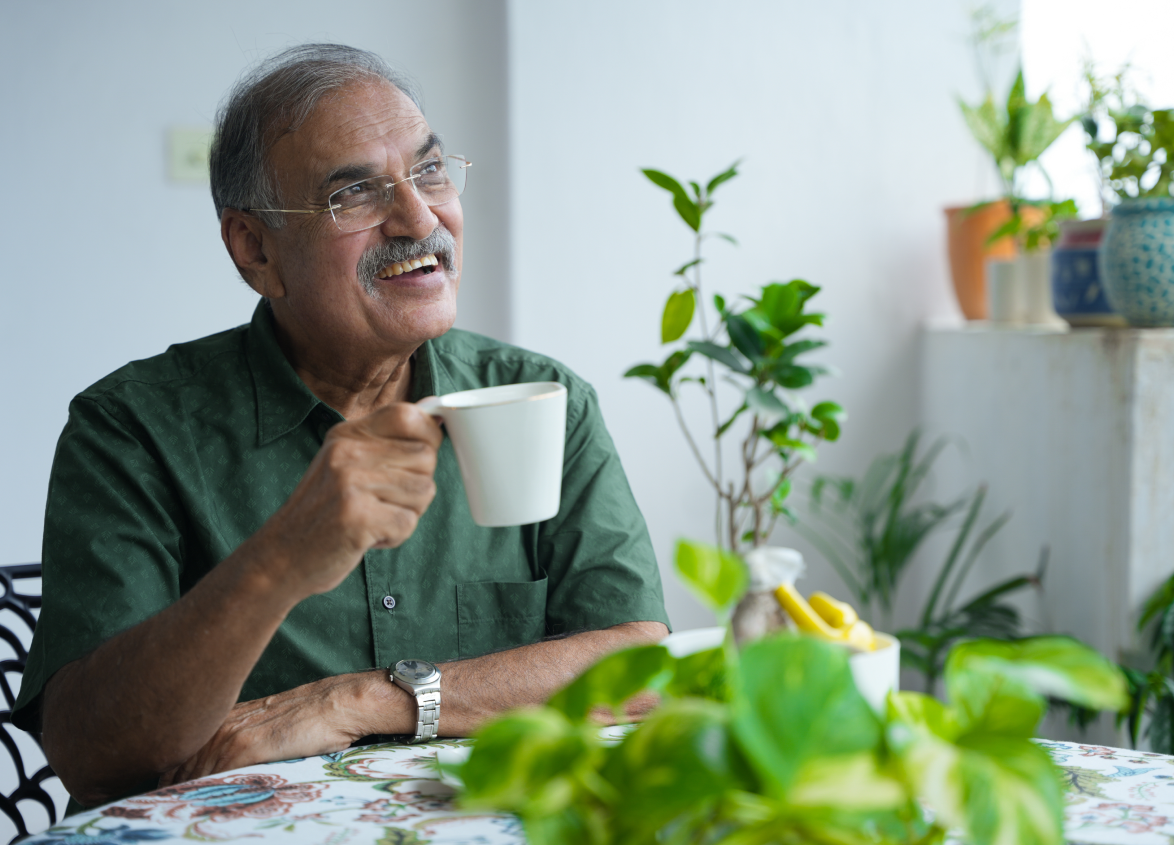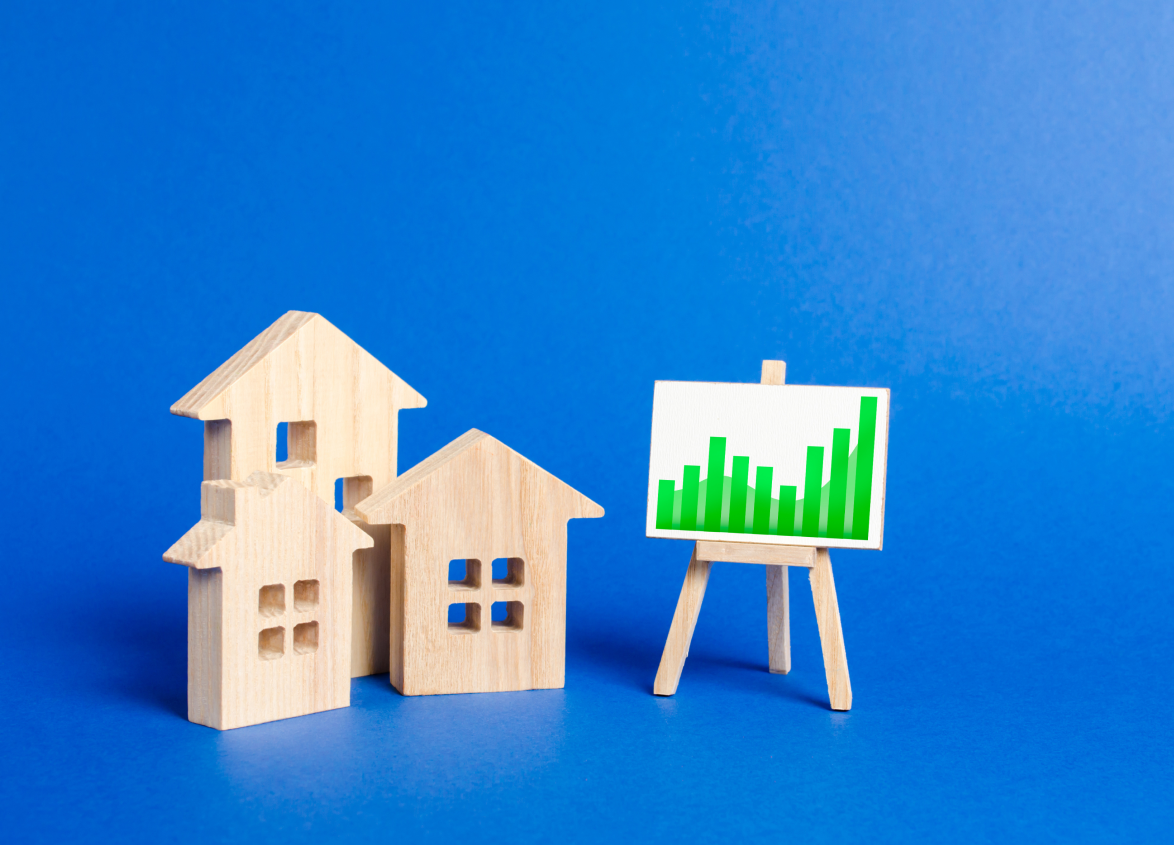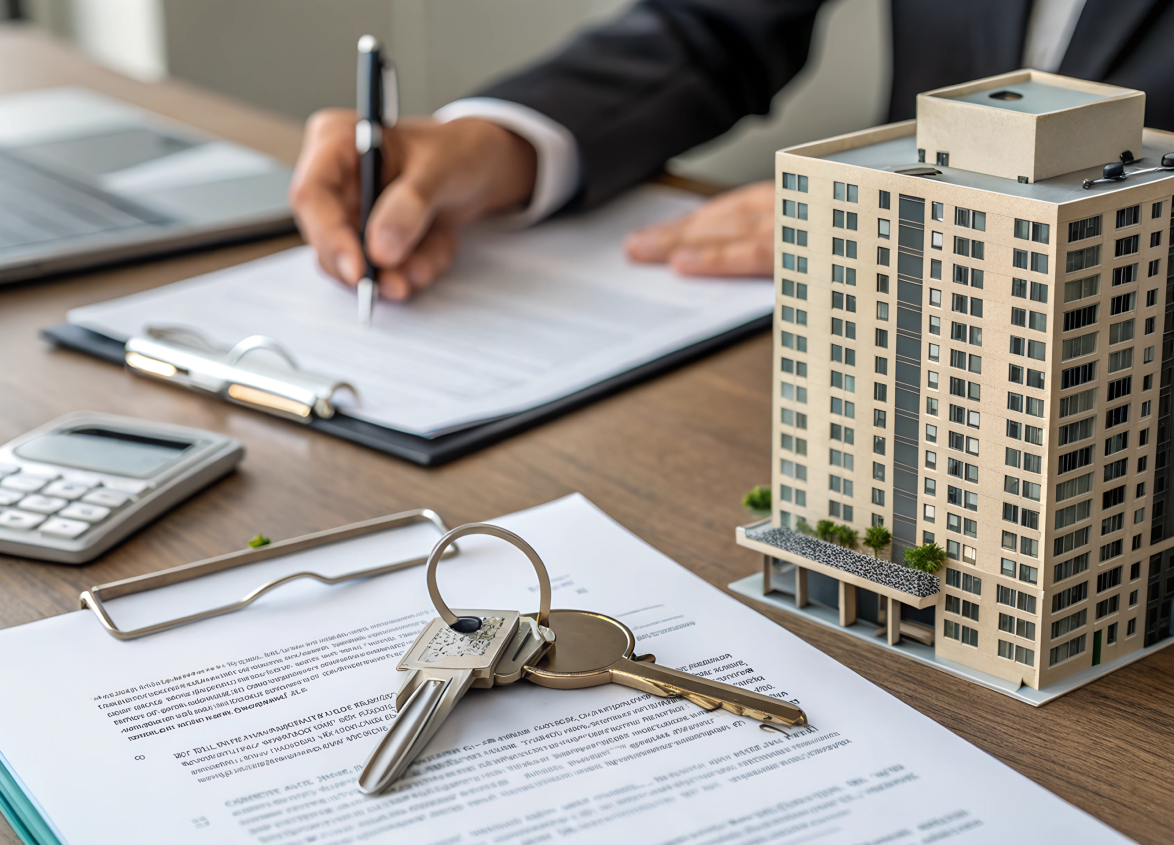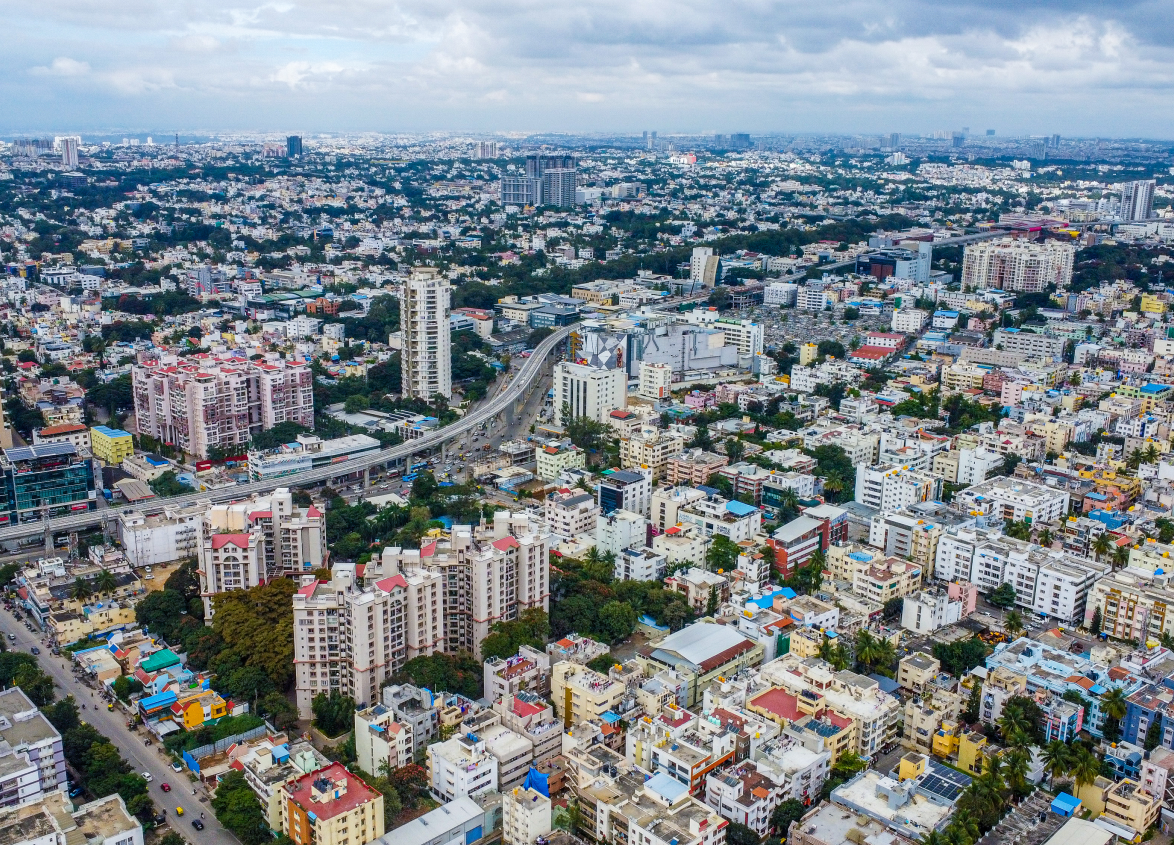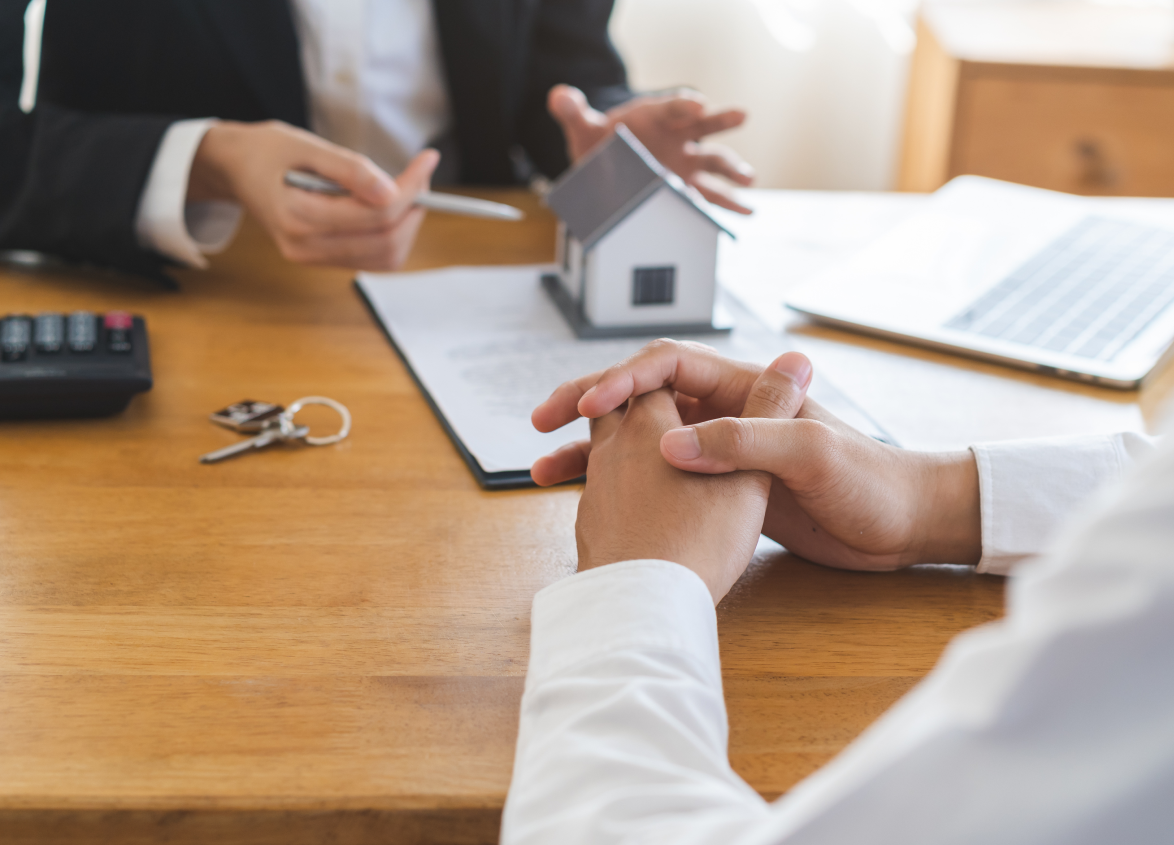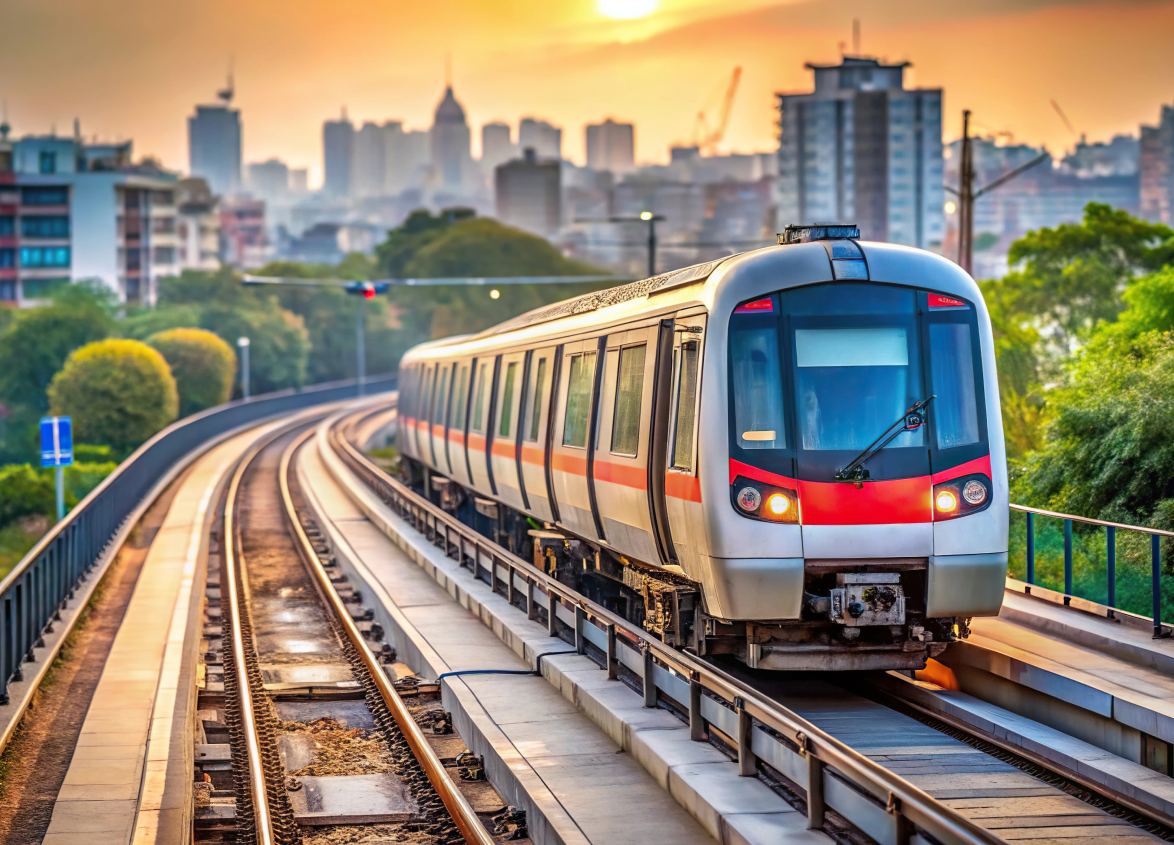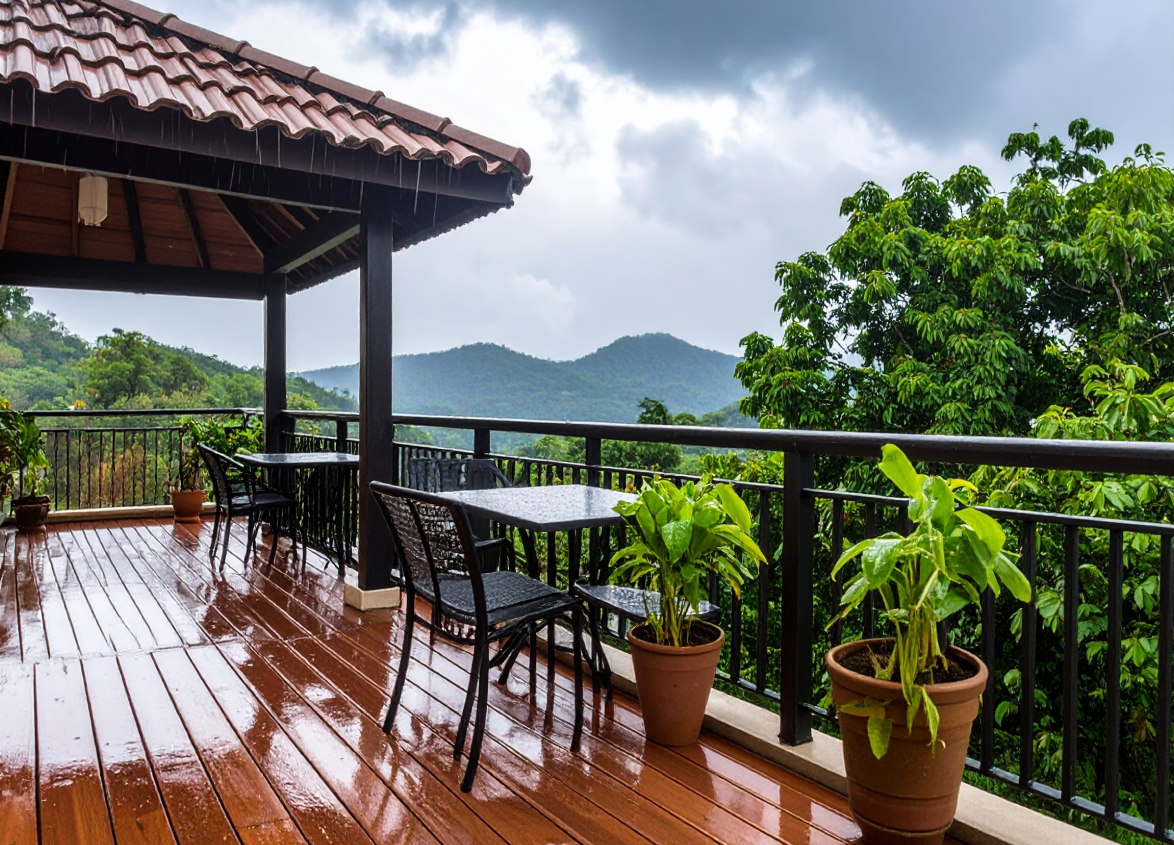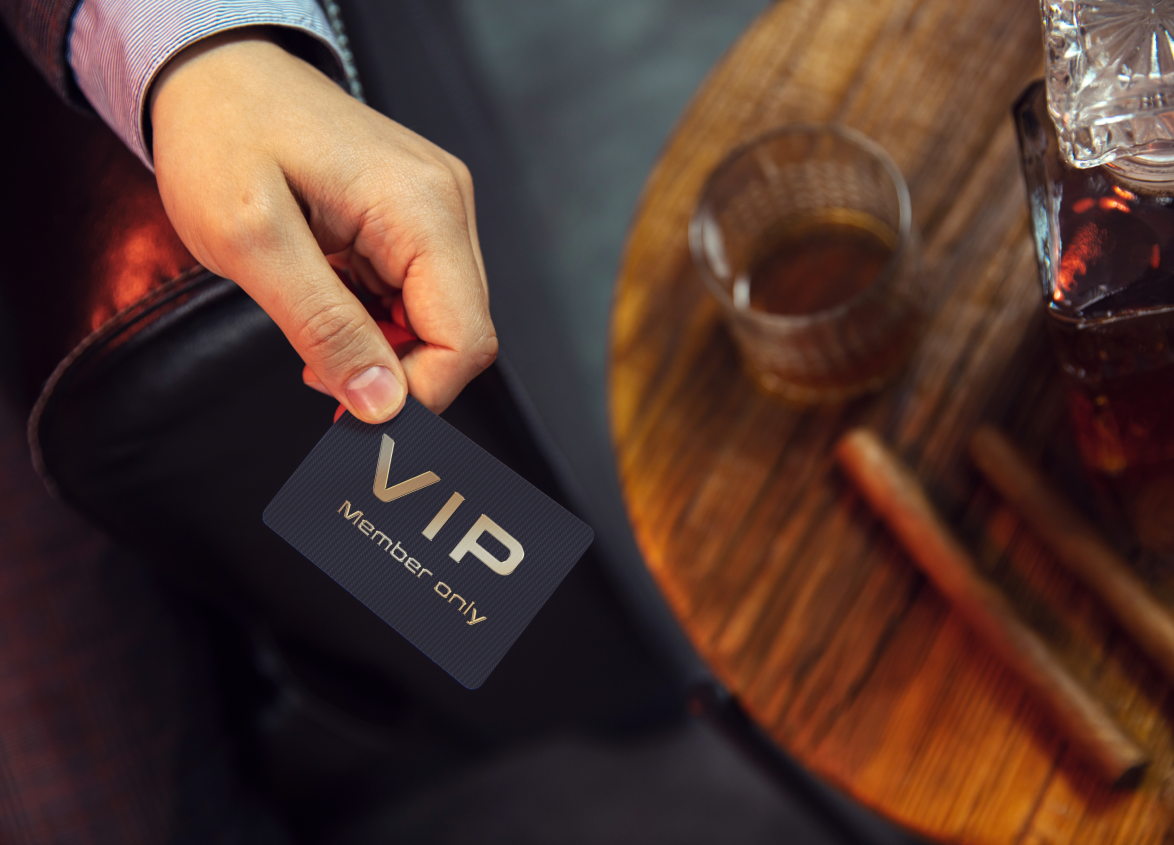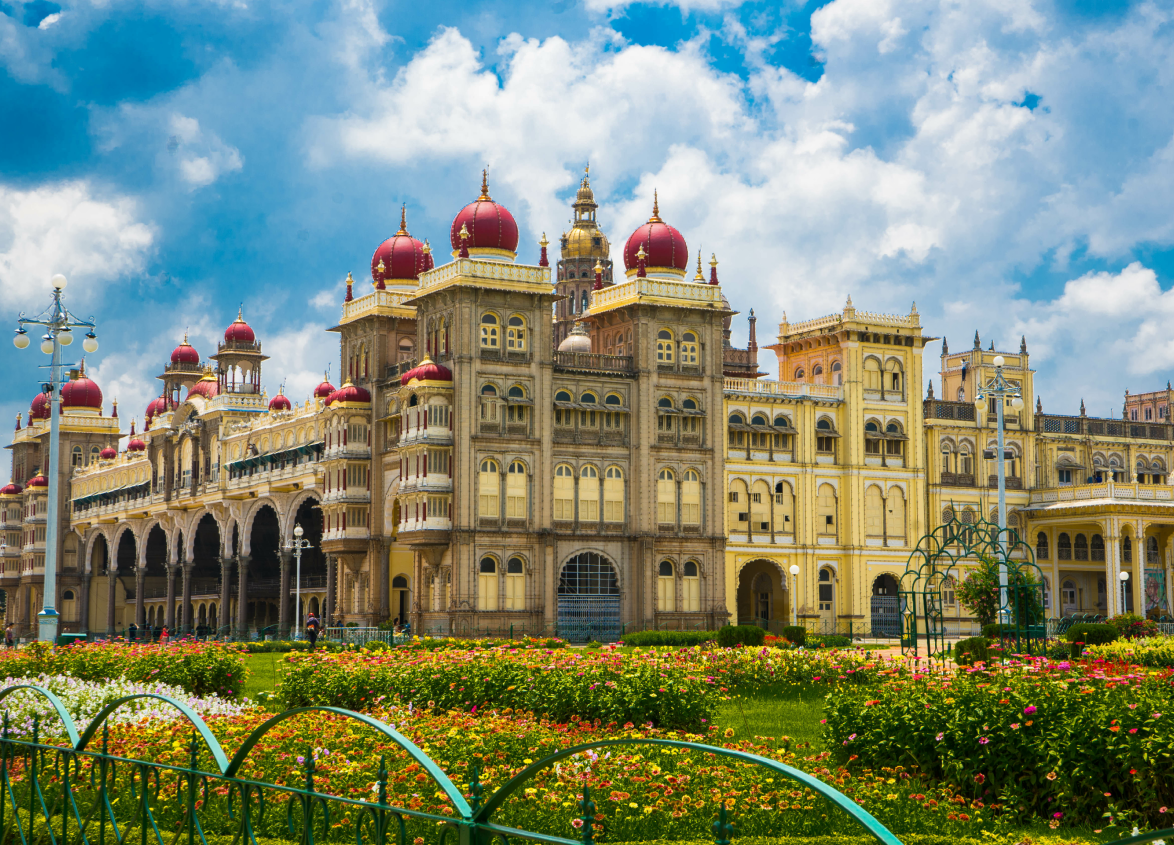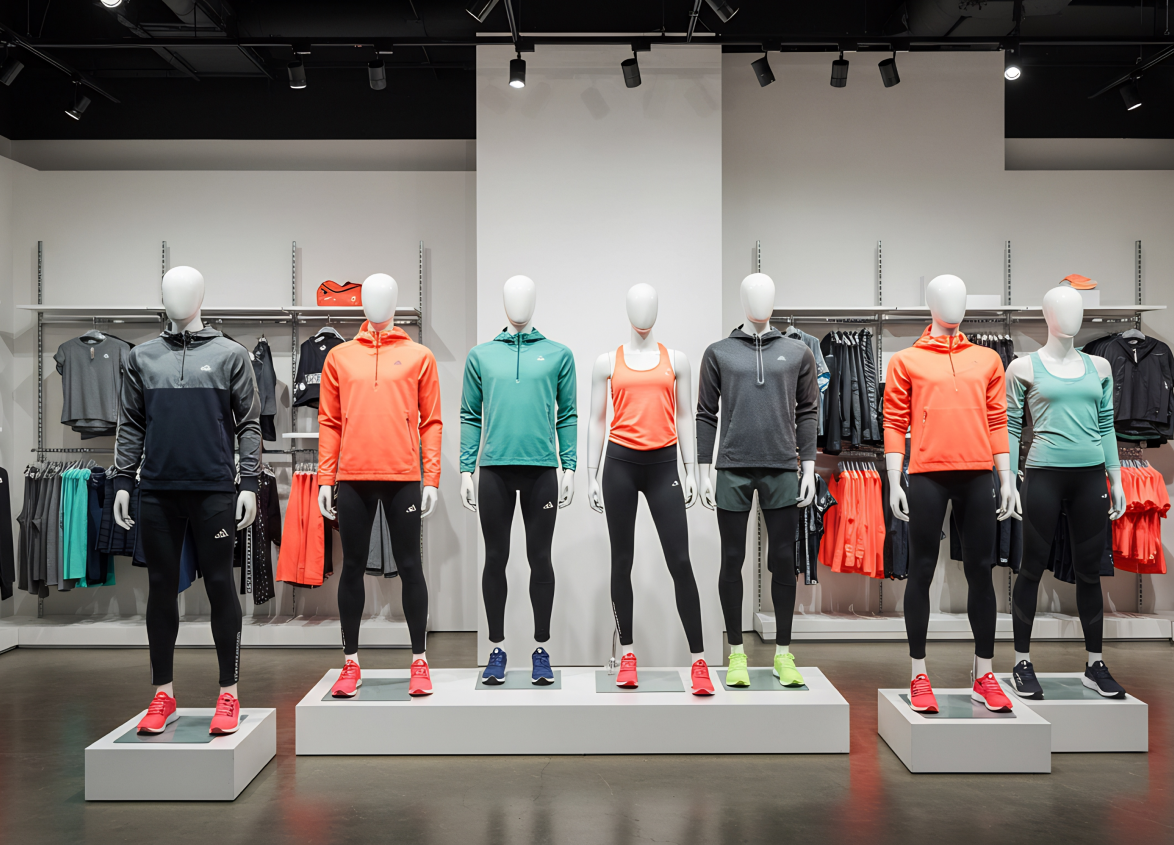
Residential
All You Need to Know about Carpet Area, Built up Area and Super Built up
August 07, 2023
Area
How often were you puzzled when a developer quoted terms like RERA carpet area and built-up area calculation, among others? Getting to know these terms may seem like a pain just when you have crossed the milestones of selecting the right location, builder and budget. In reality, having proper knowledge of the jargon significantly impacts the success of your investment in an apartment.
We offer you a comprehensive guide to understanding the difference between carpet area vs built-up area vs super built-up area. A proper understanding is conducive to a more informed house-buying process.
What is a Carpet Area?
To put it in simple terms, the carpet area of an apartment denotes the space that a carpet can cover. The carpet area encompasses the spaces covered by the dining hall, kitchen, living room and balcony inside the apartment and toilets.
Understanding the carpet area is vital for homebuyers to precisely measure the apartment unit and know which portion of the property is included. Additionally, with a clear definition of the carpet space, buyers can now ascertain the accurate measurement of the usable area.
What it Measures?
It measures usable space within the apartment’s walls, including the area of the internal walls, excluding exclusive balconies, external walls and shared areas.
Usability: A clear understanding of the carpet area is essential for homeowners to optimise furniture placement and ensure efficient use of space. It allows for strategic arrangement and organisation of furniture, maximising comfort and functionality within the living space.
How to Calculate the Carpet Area?
Buyers must take heed that the price of an apartment is based on the carpet area and not the super built-up area. It warrants a proper calculation of the site. Builders use the below formula:
Carpet area = area of bedroom + living room + balconies + toilets - the thickness of the inner walls.
What is the RERA Carpet Area?
The Real Estate Regulatory Authority (RERA) Act specifies that carpet area is a house's net usable floor space and the distance between the inner partition walls. It excludes the space covered by the external walls, under service shafts, private balconies and exclusive terrace area.
Prior to the implementation of the RERA Act, most builders used to mention only the built-up or super-built area instead of the carpet area while pitching for a property.
Also Read - What is FSI (Floor Space Index) in Real Estate?
Buyers must note that they are eligible to get a refund if the promised carpet area differs from the actual value after the completion of the construction project. In case of an increase in the space, they will be charged accordingly. However, as per RERA's limitations, the increase in the carpet area cannot exceed 3%.
What it Measures?
It precisely measures the internal usable space available to the homeowner, ensuring transparency in property deals.
Usability: The RERA carpet area offers a clear understanding of the functional space within an apartment, helping buyers make informed decisions about the living area they are paying for.
How to Calculate the RERA Carpet Area?
The RERA carpet area calculator is an easy process of measuring the carpet area, which is 70% of the total built-up area.
What is a Built-up Area?
The built-up or plinth area comprises the carpet space and additional individual spaces enclosed by the apartment's walls. These extra spaces consist of balconies, terraces, mezzanine floors and the utility area. Typically, the built-up area is approximately 10-15% larger than the carpet area.
As a buyer, you must know that 50% of partition walls shared by other flat units are considered. In contrast, the entirety of other divisions is calculated while determining the build-up area.
The built-up area value is the main component determining the actual area used.
What it Measures?
The total area that you pay for, including carpet area, external walls and proportionate share of common areas & facilities.
Usability: Built-up area incorporates additional spaces like balconies or wall thickness, which, while part of your home, might not contribute significantly to everyday functionality.
How to Calculate the Built-Up Area?
Use the formula below to arrive at your built-up area value:
Built-up area = Carpet area + area of walls + area of the balcony
Let's assume that dry balconies and terraces collectively cover 10% of the total built-up area while the actual usable space constitutes only 70%. If the built-up area measures 1,000 sq ft, it implies that 30%, equivalent to 300 sq ft, is non-usable, leaving behind 700 sq ft as the functional space that can be utilised.
What is a Super Built Up Area?
Also termed the saleable area, the super built-up area is the sum of the total built-up area and a specific portion of common spaces termed the loading factor, such as the lobby, lift, corridors, etc. The value of the part generally ranges between 25% to 60% of the carpet area.
The value increases with the portion of the amenities, such as a swimming pool, clubhouse and garden, among others provided within the apartment complex.
However, the super built-up area does not encompass spaces like open-air swimming pools, compound walls, driveways, parks, play areas, outdoor sports facilities, inaccessible garden spots, water tanks, septic tanks and underground sinks.
As a homebuyer, you must know that a super built-up area does not hint at a more expansive usable space inside the apartment. It is vital to ensure that the loading factor for a luxury apartment is below 60%. A value higher than that means you have a larger super built-up area but a smaller carpet area, resulting in settling for homes with smaller spaces.
What it Measures?
The total area that you pay for, including carpet area, external walls and a proportionate share of common areas and facilities.
Usability: The super built-up area reflects the value proposition of the property by considering the collective space and amenities provided to all residents. It helps home buyers evaluate the overall benefits and lifestyle offerings of a property, contributing to informed decision-making.
How to Calculate a Super Built-Up Area?
Here is the super built-up area calculation formula:
Super built-up area = Built-up area + common areas (stairs, lobbies, lift, pool, etc.)
The loading factor can be calculated using the following formula:
Super built-up area = Carpet area * (1 – loading factor)
For instance, when the loading factor is 1.6 times, it indicates that the developer has increased the carpet area by 60%. In this specific scenario, the built area measures 1000 sq ft, and the super built-up area is 1600 sq ft. The loading factor itself amounts to 600 sq ft.
Cost per sq ft of property
The cost per square foot of a property is calculated based on different area measurements depending on the builder or the project.
Carpet area pricing is usually more expensive because it reflects the actual usable living space within the apartment. On the other hand, pricing based on built-up or super built-up area is lower per square foot since it includes non-usable spaces like walls, balconies and shared amenities.
Importance for Buyer
Understanding these different measurements is crucial for a buyer to make an informed purchasing decision. Knowing the difference between carpet, built-up and super built-up area ensures transparency in terms of what you're paying for versus what you'll actually use.
Many buyers make the mistake of focusing solely on the total square footage offered without realising that a large percentage of the super built-up area includes non-usable communal spaces. Given that the carpet area provides a better sense of how spacious and functional the home will feel, it should be a priority for buyers who are more focused on livability.
On the other hand, if amenities such as swimming pools, lobbies and parking spaces are equally important, the super built-up area is worth considering.
Common Mistakes During Carpet Area, Super Built-Up and Built-Up Area Calculations
Considering the most specific areas within the carpet, super built-up and built-up areas are often significant pain points for homebuyers. Some builders may mention only the built-up area, leading buyers to believe they are getting more space than they actually are. Always ask for the carpet area specifically or look for projects that disclose both carpet and built-up areas.
The super built-up area includes common spaces like lobbies, staircases and corridors, which are proportionately divided among all the apartment units. Often, buyers forget to factor in these areas while comparing properties, leading to discrepancies in perceived value. Buyers must consider the efficiency of the common areas and their impact on the usable space.
Builders may follow different calculation methods to determine built-up and super built-up areas. Some use the outer dimensions of the walls, while others consider centerline measurements. The lack of standardisation creates confusion. Buyers must enquire about the method used for calculation and, if possible, consult a professional to verify the accuracy.
The price of amenities and common facilities is divided among all the units for super built-up areas. This can lead to discrepancies in the property ownership cost compared to the actual space you get. While considering a property, assess the amenities' value to ensure you are comfortable with the cost distribution.
Wall thickness can vary depending on the construction style and materials used. Overlooking this aspect can lead to inaccuracies in the built-up area calculation. While it may not make a significant difference for individual properties, it can impact comparisons between properties with varying wall thicknesses.
Difference between Carpet Area and Built-up Area and Super Built-up Area
The carpet area vs built-up area vs super built-up area difference is best understood by knowing the kind of spaces considered while determining each entity's value.
Here is a look at it in a tabular format:
| Space | Built-up Area | Super built-up Area | Carpet Area |
| Living room | Yes | Yes | Yes |
| Bedroom | Yes | Yes | Yes |
| Kitchen | Yes | Yes | Yes |
| Washroom | Yes | Yes | Yes |
| Dining hall | Yes | Yes | Yes |
| Kid’s room | Yes | Yes | Yes |
| Study room | Yes | Yes | Yes |
| Guest room | Yes | Yes | Yes |
| Balcony | Yes | Yes | No |
| Lobby | No | Yes | No |
| Terrace | Yes | Yes | No |
| Lift | Yes | Yes | No |
| External staircase | Yes | Yes | No |
| Internal staircase | Yes | Yes | Yes |
| Pooja room | Yes | Yes | Yes |
| Garden | No | Yes | No |
| Verandah | Yes | Yes | No |
Impact on Pricing
Property pricing is heavily influenced by the type of area used for calculation. The super-built-up area tends to inflate the square footage but includes communal areas that do not directly impact day-to-day living. The carpet area is smaller but represents the space you will actually live in.
Properties advertised with large super built-up areas often seem like a better deal, but the price per square foot of the carpet area can end up being significantly higher.
Buyers should be cautious and thoroughly understand how each area type affects pricing. For instance, a luxury apartment with a high super built-up area percentage might appear spacious, but a closer look at the carpet area could reveal smaller living quarters than expected. Transparency in pricing based on the carpet area will provide better insights into the value of the home.
Focus On
When buying a home, it’s important to focus on understanding the relationship between the carpet, built-up and super built-up areas. Since the carpet area is the most accurate representation of the space you will personally use, it's wise to ask the developer for detailed breakdowns of all three area types.
This will help you evaluate whether the super-built-up area’s amenities and communal spaces are worth the premium price or whether you should prioritise a property with more focus on usable living space.
Conclusion
When considering a property, it is essential to know the difference between carpet area, built-up area and super built-up area. Always ask the developer or seller to clarify the area specifications to avoid confusion or potential disputes later. Get clarity on whether you value actual usable space over shared amenities and focus on the carpet area. Consider the super built-up area if you desire a well-equipped residential property with various facilities.
In conclusion, being aware of these terminologies empowers you to make informed decisions that align with your preferences and budget. Purchasing a property is a significant investment, and understanding the nuances of carpet, built-up, and super built-up areas ensures that you get the best value for your hard-earned money.
MUST READ
Looking for something specific?
We'd be delighted to help you.








